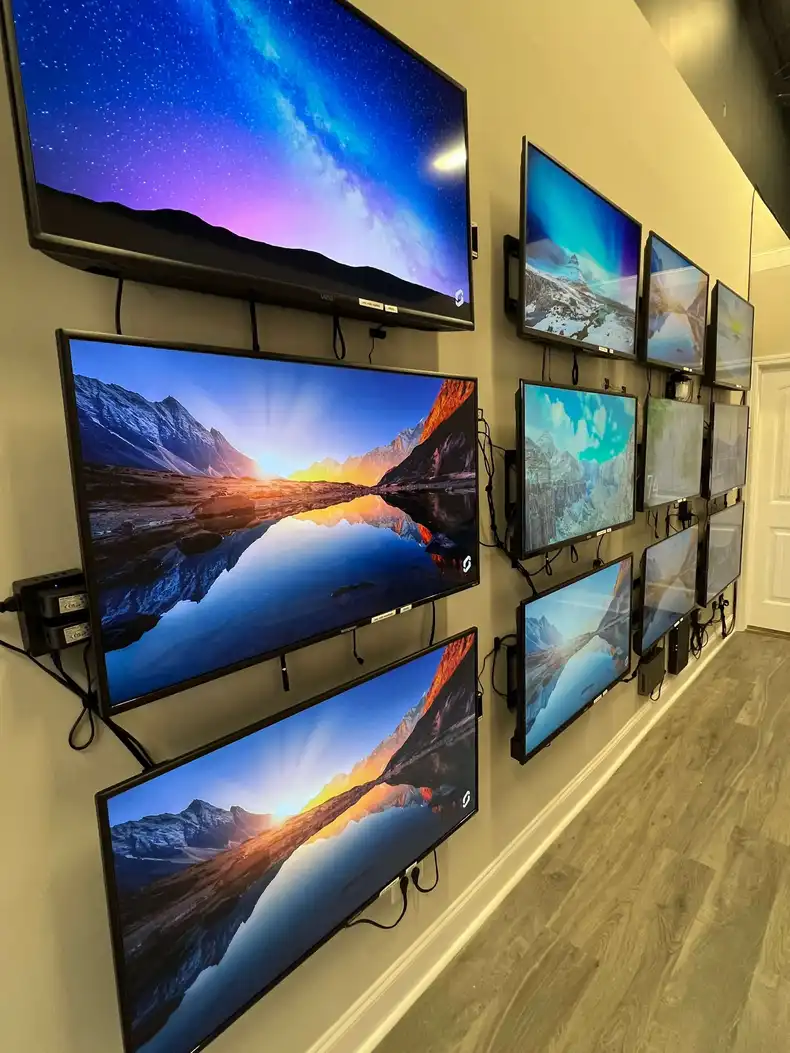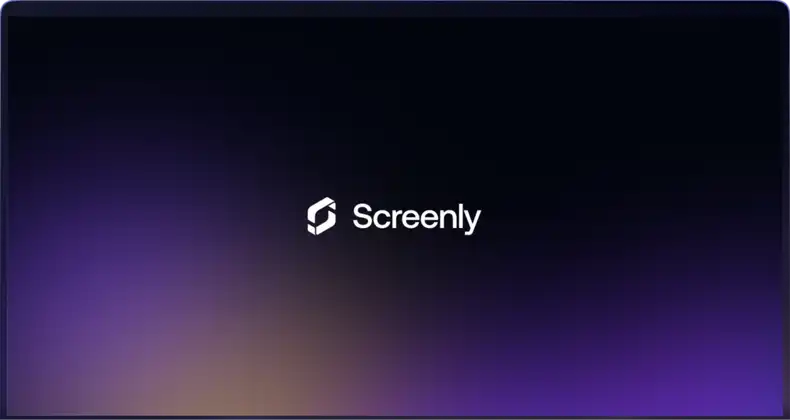Foundations series: Hardware & digital signage players
Everything you need to know about digital signage players.

Everything you need to know about digital signage players.

Digital signage has become a powerful tool for businesses to communicate effectively with their customers, employees, and visitors. At the heart of every digital signage deployment is the digital signage player, a device that manages the content displayed on each screen. In this post, we'll explore what digital signage players are, how they work, what features to look for, and the factors to consider when choosing one for your business.
A digital signage player is a media player specifically designed to display content on digital screens, such as TVs and dedicated signage displays. This content can include videos, images, web pages, news feeds, and even real-time data. The media player connects to the screen and works in tandem with digital signage player software to manage the content. Some players are built solely for digital signage use, while others are adapted from general-purpose media players to fit this role. For example, Screenly offers a range of players, including Screenly Player and Screenly Player Max, which are purpose-built for digital signage.
A quality digital signage player boasts a variety of features that make it able to get the job done and reliable. One key feature is its ability to support multiple types of content, such as images, videos, and custom data feeds. This flexibility allows businesses to create dynamic and engaging displays that can make the most of data-intensive content loads. Many modern digital signage players, including cloud-based digital signage players like those from Screenly, source digital signage content from a server via the interent. This capability means users can remotely manage content and set content schedules from anywhere.
WiFi digital signage players are increasingly popular as they offer simple, cable-free internet connectivity, perfect for locations where ethernet connections are not feasible. Compatibility with different TV screens is another vital feature when selecting a digital signage player. Today, most digital media players for TV screens and even advanced signage networks are HDMI compatible. Other important aspects to consider include high playback quality functionality, with support for HD and 4K content. Additionally, businesses should look out for the digital signage player's security features and encryption capabilities, which are crucial for businesses handling sensitive information.
Digital signage players work by connecting to a screen and playing content based on schedules set through digital signage player software. For cloud-based digital signage players, users can upload and update media remotely. The software tells the player which content to display and when, making it easy to manage even large networks of screens.
When connected to the internet, either through WiFi or ethernet, the player can receive content updates from the cloud. This internet-connected communication ensures that the user's digital signage displays always show the most up-to-date information. Screenly's players, for instance, can pull new content and updates automatically, streamlining the content management process for businesses.
Most digital signage players connect to the internet via WiFi or ethernet. A WiFi digital signage player is ideal for installations where running physical cables is not practical. For areas with security concerns or where a stable connection is a must, an ethernet connection is the preferred choice. At Screenly, we find that the reliability of ethernet connections is worth any hassles that come from initial setup. Some digital signage players can use a cellular data connection.
Once the player is connected to the internet, it communicates with the digital signage network player software, enabling it to download new content, software updates, and playback schedules. Screenly's digital signage players are designed with both WiFi and ethernet capabilities, offering flexibility for various installation environments.
The cost of a digital signage player can vary significantly depending on its features and capabilities. Low-cost digital signage players start around $150, but they typically offer basic functionality. These cheap digital signage players may be suitable for smaller projects or simple displays but may lack the advanced features needed for more complex digital signage networks. The basic version of Screenly's digital signage player, the Screenly Player, costs $219.
More advanced players, such as Screenly Player Max, can cost more but come with higher processing power for video playback and enhanced security features. The Screenly Player Max costs $369. The best digital signage player for your business will strike a balance between cost and the necessary features for your specific needs.
When choosing a digital signage player, it's important to consider the types of media it supports. A player should be versatile enough to handle videos, images, and other media formats you plan to display. Ease of use is another factor, especially if multiple people will manage the content. Opting for a modern cloud-based digital signage player makes remote management much easier, especially for businesses operating in multiple locations.
Network connectivity is crucial as well. For setups in locations without ethernet access, a WiFi digital signage player is the way to go. Playback quality should also be evaluated—higher-end players offer 4K video playback, making them suitable for environments where 4K display quality is necessary. Compatibility is another key factor; ensure that the digital signage player is compatible with the TV screens or digital displays you plan to use.
Businesses should consider investing in a more expensive digital signage player when they need features like high-quality video playback, compatibility with data-intensive digital signage content, and enhanced security features. The Screenly Player Max provides the necessary reliability and performance so that you can display any content reliably. Additionally, if a business manages a large digital signage network across multiple locations, a cloud-based digital signage player can simplify the process significantly. In these cases, spending more upfront can lead to better performance and lower maintenance in the long run.
Screenly offers two digital signage player options: the Screenly Player and Screenly Player Max. Both provide high-quality digital signage solutions with cloud-based management, simple WiFi setup, and quick-start compatibility with Screenly's digital signage software. Whether you're looking for a low-cost digital signage player or a more advanced setup, Screenly has options that cater to various business needs. Screenly's digital signage players stand out as an ideal choice for businesses seeking an effective digital signage solution. You can learn more about Screenly's digital signage players at the link here.
In summary, choosing the right digital signage player involves assessing your specific requirements, budget, and the type of content you want to display. With a reliable digital signage media player, you can create dynamic and engaging displays to captivate your audience and enhance communication for your business.
If you're just getting started with digital signage, be sure to try us out with Screenly's 14-day free trial.
Screenly is loaded with features to make digital signage management easy.
